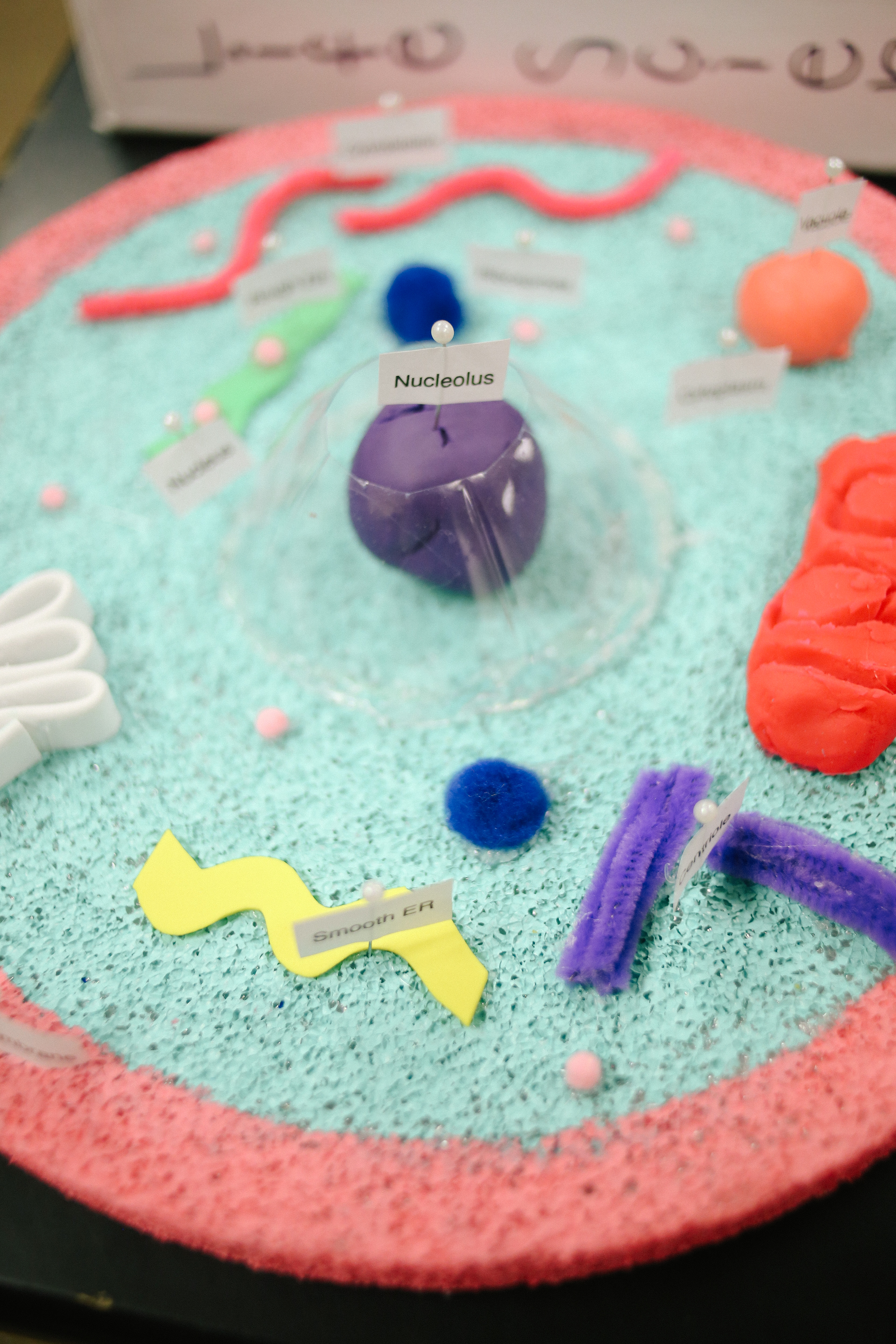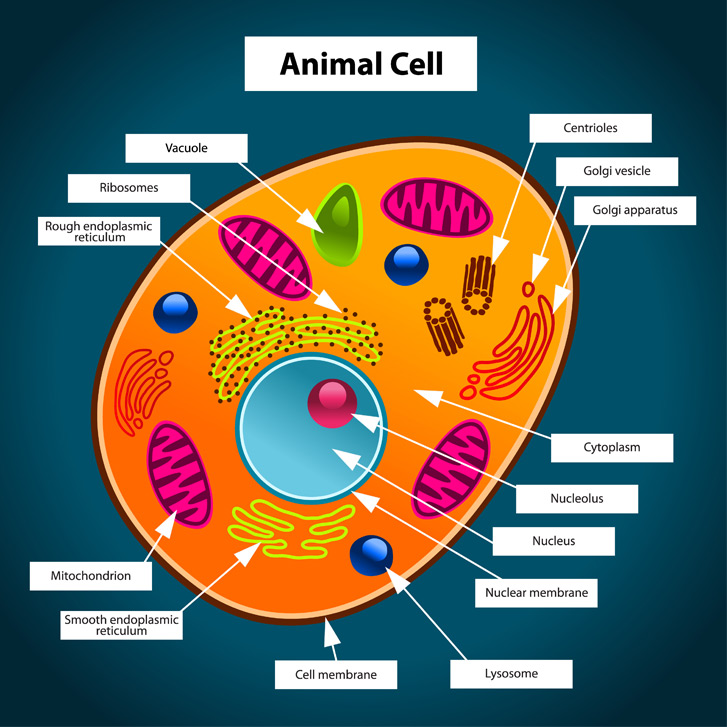Plant and animal cells are the fundamental units of life in all organisms. Both plant and animal cells have several structures in common, such as a cell membrane, cytoplasm, and ribosomes. However, there are also several structural and functional differences between plant and animal cells that make them unique.
One project idea for plant and animal cells is to create a model or diagram of the cells using materials such as clay, Play-Doh, or paper mache. Students can use reference materials, such as textbooks or online resources, to accurately label and identify the different parts of the cells. This project can be enhanced by having students present their models to the class and explain the functions of each cell structure.
Another project idea is to create a comparison chart or table that lists the differences and similarities between plant and animal cells. This could include structural differences, such as the presence of a cell wall in plant cells and the absence of it in animal cells, as well as functional differences, such as the ability of plant cells to perform photosynthesis and the inability of animal cells to do so.
A more advanced project could involve creating a virtual lab where students can observe and manipulate plant and animal cells under the microscope. This could be done using online resources or virtual microscopes, or by having students prepare their own slides using real cells. Students could then compare and contrast the different structures and functions of the cells and write a report on their findings.
Overall, there are many creative and educational ways to explore plant and animal cells through hands-on projects and activities. By understanding the unique features of these cells, students can gain a deeper understanding of the basic principles of life and how living organisms function.







